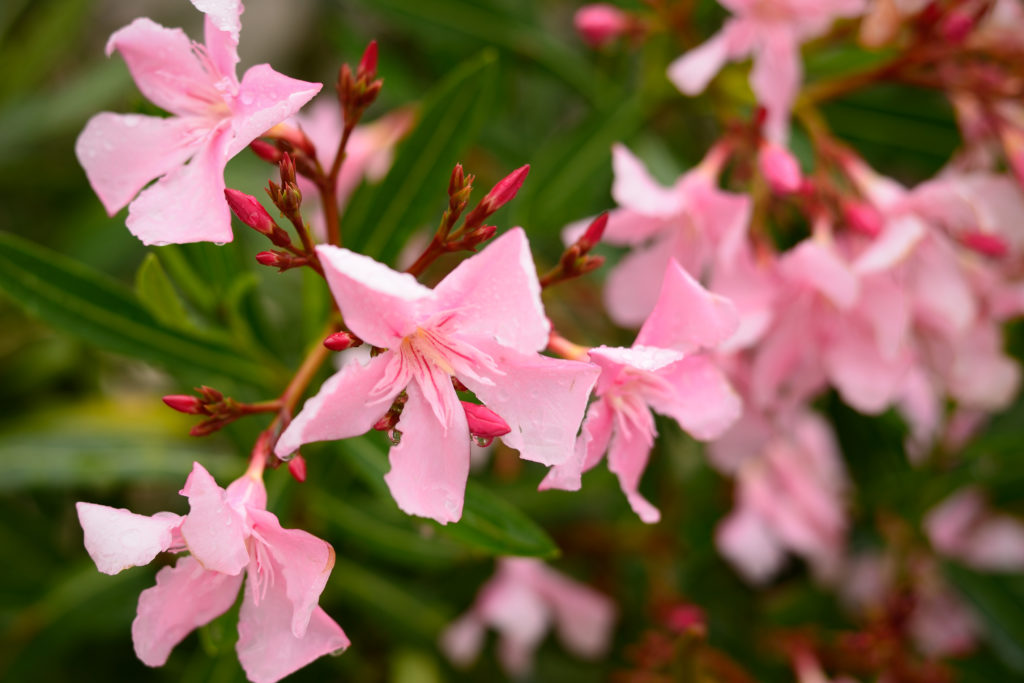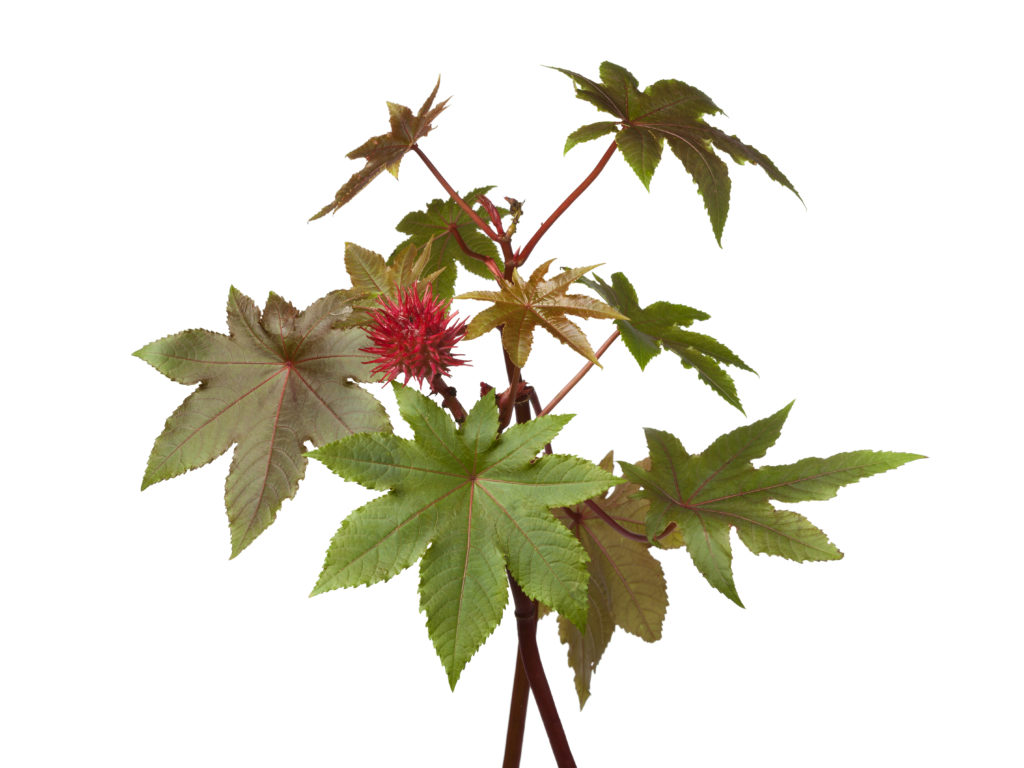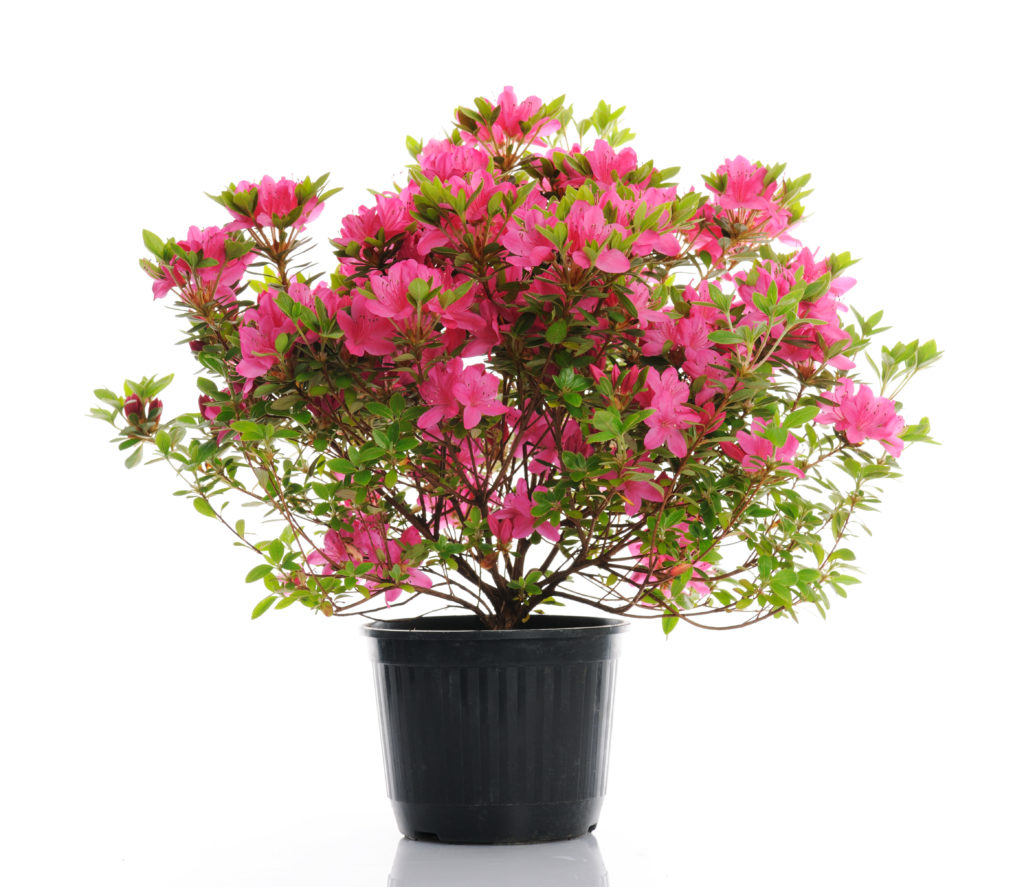Gardens are lovely additions to yards, but parents should know that many popular species of garden plants and houseplants can be toxic — even downright deadly — for furry family members. Curious cats and dogs are known to nibble on things as they’re exploring the world, and sometimes, this can have serious consequences. If you have a pet that loves spending time outside, do a little research on the plants within snout’s reach (whether in the garden or wild-growing) to see if they’re poisonous; if so, it might be best to take them out. Likewise, if you’re out on a walk or hike, be sure to watch your pet so he doesn’t snap up a flower that he passes by.
Below are 6 poisonous plants that are common in Arizona. This list, and the symptoms described, are by no means exhaustive. For a more extensive list of toxic and non-toxic plants, check out the ASPCA’s Poisonous Plants List. If you ever suspect your pet has ingested something dangerous, be sure to call your veterinarian, local emergency veterinarian, or the ASPCA Poison Control at (888) 426-4435 right away.
Oleander

This plant is notoriously poisonous, from flower to stems to leaves. But this doesn’t just include humans – these can be lethal to dogs and cats. Ingestion can cause symptoms including gastrointestinal upset, heart issues, hypothermia, and death.
Sago Palm

This decorative plant is popular, but can be very toxic for pets. The most poisonous part is the seed, and if your pet is able swallows just a small amount, it can cause vomiting, diarrhea, seizures, and even liver damage and death.
Lantana

This flame-colored flower is beautiful, but poisonous to many animals. It can cause digestion issues like vomiting and diarrhea, difficulty breathing, and even liver failure. The latter is more common in livestock, but even with dogs and cats, it’s best to err on the side of caution and keep these out of your yard.
Castor Bean Plant

The beans are the most toxic part of this plant, and they can cause a plethora of problems if your pet ingests it. Milder symptoms include mouth irritation, fever, stomach pain, vomiting or diarrhea, and excessive drooling or thirst. Severe cases can lead to dehydration, tremors, seizures, and even death. One of the tricky things about identifying poisoning from castor beans is that symptoms may take 12-48 hours to surface. Just a small amount can be lethal for some pets, so if you have a four-legged furry member, it’s best to keep these out of the garden.
Azaleas

Azaleas, or rhododendron, are popular in gardens, but they can be toxic if eaten by pets. Ingestion can cause digestional issues like vomiting or diarrhea, weakness, drooling, and at worst, cardiac failure and death.
Daffodils

The most poisonous part of these bright yellow flowers is the bulb. Dogs or cats who eat these plants may start vomiting, drooling, or have diarrhea. If large amounts are consumed, symptoms may include convulsions, tremors, low blood pressure, and irregular heartbeat.

